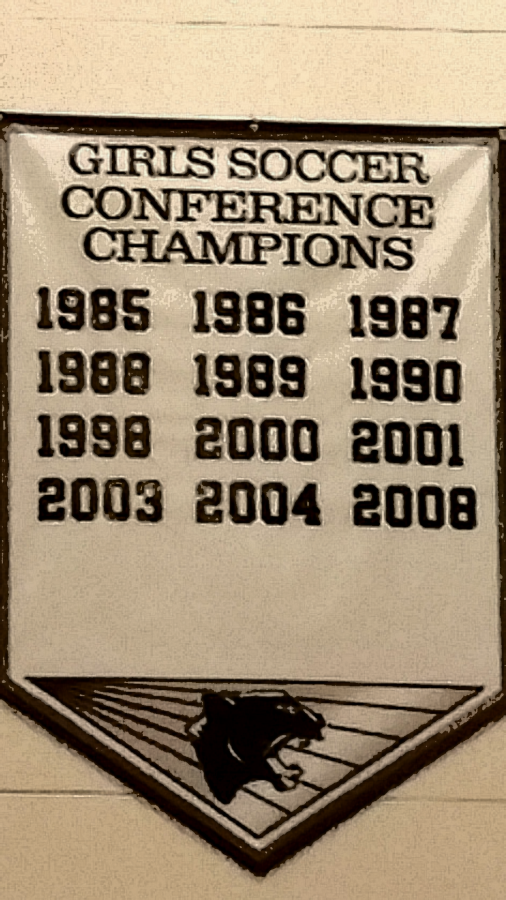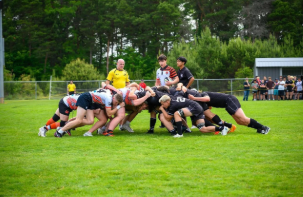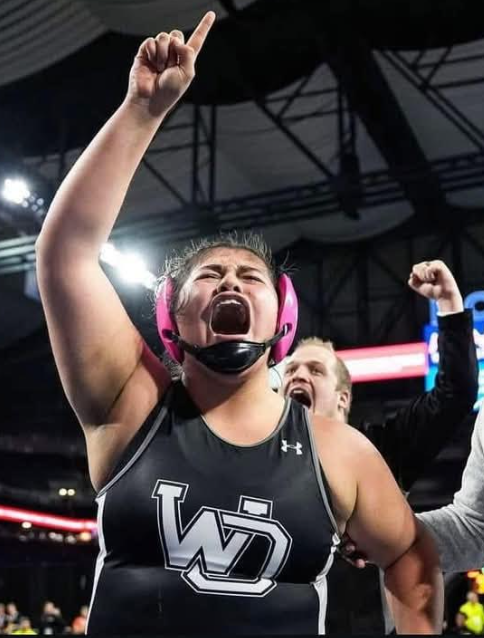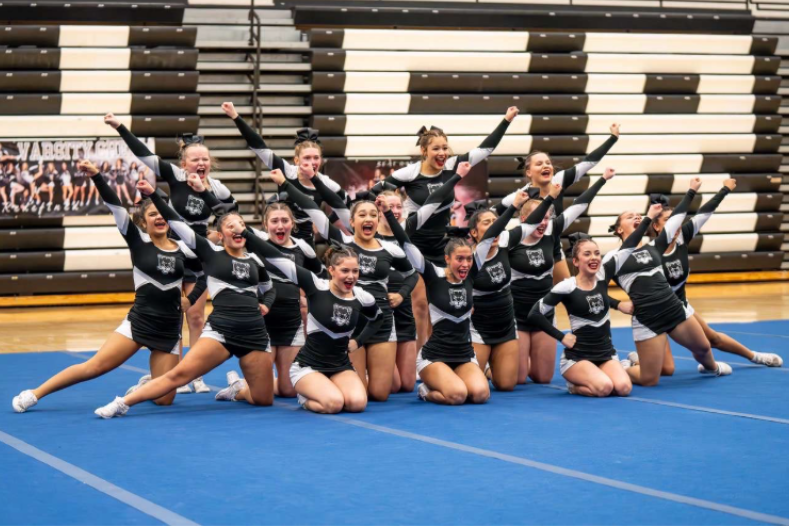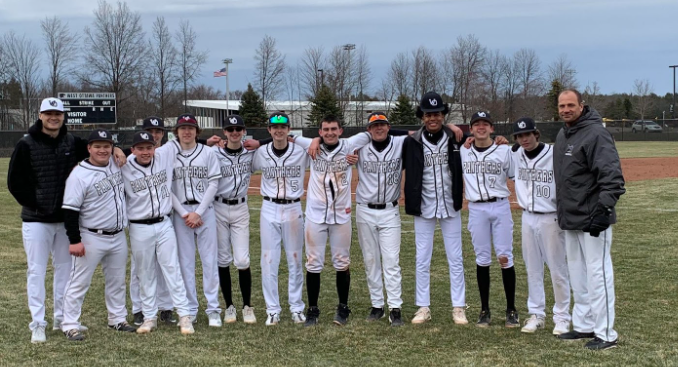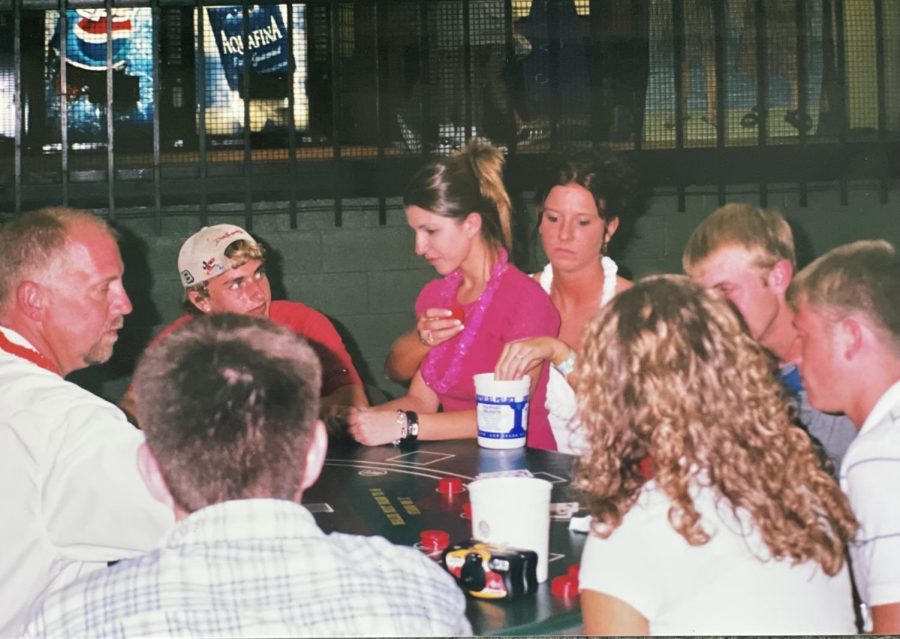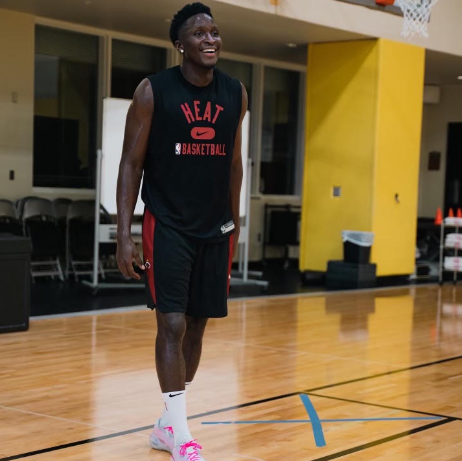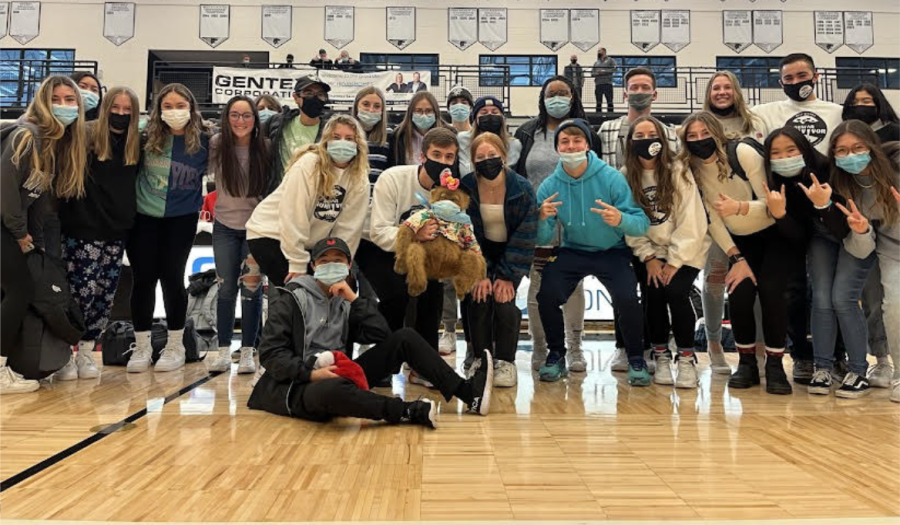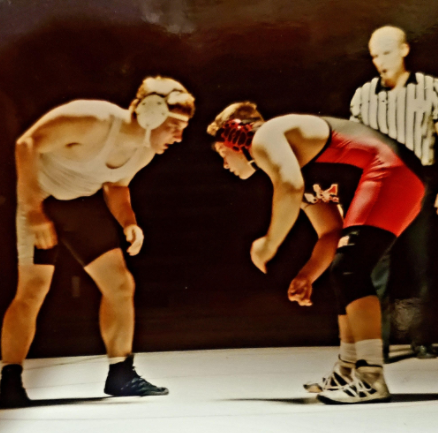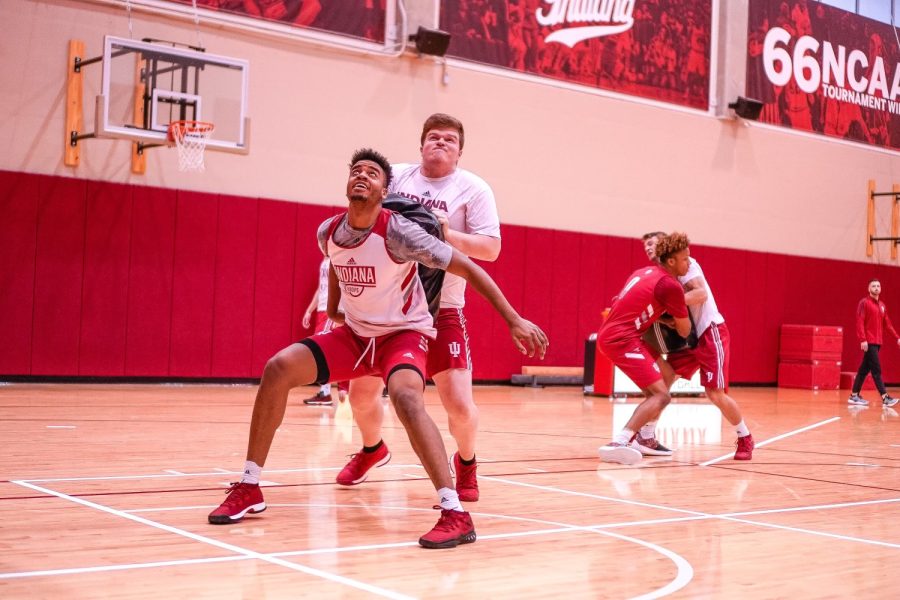Thousands of people flood into the West Ottawa North Gymnasium. Thousands of spectators sit patiently in the stands, inhaling the smell of burnt popcorn and Peppinos pizza. In the midst of the chaos before a game, rows of banners hang delicately along the wall. Sr. Ben Horner said, “ I have been in the north gym playing basketball games and training for years, but I’ve never noticed the banners or the dates on them.”
Like Horner, did anyone notice the banners? Did anyone recognize the 12 conference championships between 2000-2010? Did anyone see the pitiful four conference championships during the 60’s or the drastic change to outstanding nine conference championships in the 80’s? Although passersby rarely recognize the historic achievements of this accomplished athletics program, they also fail to see the gap among the decades. West Ottawa High School was established in 1961 and Conference Championships were rare during those opening years. Interestingly enough, WOHS only won four conference championships within its’ first decade.
Todd Yonker, graduate from the class of 76, participated in baseball, football, and wrestling throughout his high school career. Seeing the teams struggle in those very competitions made him more eager to join WO athletics to make a difference, but Todd’s athletic career at WO was not a success. “We were bad all four years,” said Todd Yonker. His wife, Lois Yonker, graduate from the class of 80, said, “We sucked all four years, too.” Between both the couple’s high school experiences, WOHS only won nine conference championships within the eight years they attended.
The lack of conference championships could be due to several distinct reasons. Was it due to the lack of participation? Maybe it was the lack of experience as WOHS was a new school? Or was it the lack of athletics? Upon recalling his high school sport seasons, Todd remembered that all teams were filled with players to the maximum. Also, athletic opportunities were limited to the basics of football, baseball, basketball, wrestling, and track and field. Today, WO offers competitive cheerleading, lacrosse, and rugby. The West Ottawa Athletic Department is increasing in size as the years go on.
Because of the small opportunity to play sports in the 70’s for the size of the student body, many students were not able to compete. Most did not have time for sports in between their demanding academics and hectic work schedules. “Back when we were kids, everyone was a laborer,” said Lois. Due to the majority of students being workers, the participation in athletics was lower than present day participation.
Flash forward to the year 2000. Within this decade WO managed to win 12 conference championships. This triples the amount of conference championships in the 60’s.
Steve Yonker, current middle school football coach and graduate of the class of 04, said,“We were good because of the brotherhood and comradery .” The difference between then and now is the way the players worked together. During the 60’s, the boy’s and girls went out to the field to get away from home and work. Now, athletes go out onto the field to create long lasting relationships and win games together.
Steve said,“We were a team with a lot of talent and respect for each other….we rallied around each other to be successful.” Teams in the past couldn’t have done much about talent, but they could have improved on working together to become successful.
The key is brotherhood and comradery. Before the new millennium, the athletic teams were lacking the relationships and passion. Without the relationship, what would make the boys bond so closely that every time they willfully take the tackle for their brother? Without the passion, what would make them yearn with their whole being to be out on that field practicing every day with those brothers?
Because WO has these foundations, the last five years of WOHS students have successfully won seven conference titles and the next generation of students are on the way to seven more.

